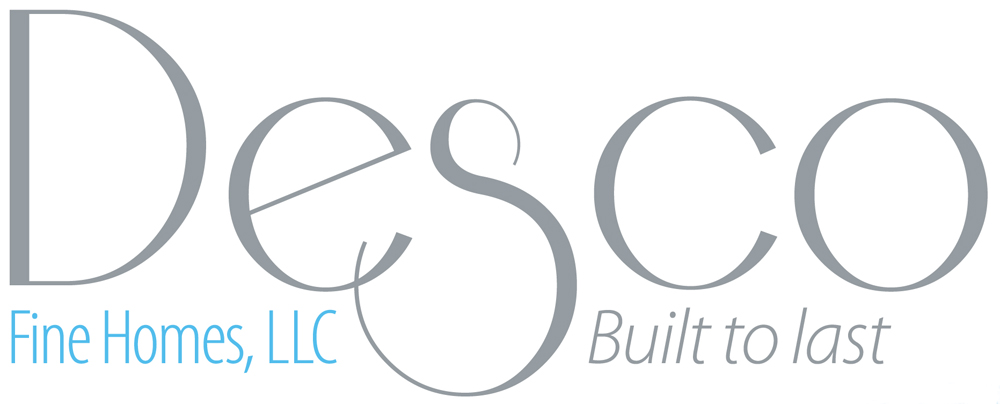Guide To Buying a Lot / Land For Your Dream Home in North Dallas: From Zoning to Soil to Septic Systems – Make Sure it’s Buildable.
Buying a lot for your dream home in North Dallas? Before you fall in love with a piece of land, make sure it’s truly buildable — and won’t come with costly surprises. This guide covers everything you need to know, from zoning to soil to septic systems.
Here’s a checklist of what to look for when buying a lot:
-
Location & Neighborhood
- School districts: Highly rated school districts can impact value and resale. Check txschools.gov for school ratings in Texas.
- Commute: Proximity to work, schools, shopping, medical services.
- Zoning & surrounding use: Is the lot near industrial zones, landfills, etc. (See Dallas area zoning maps here).
- Future development: Check city planning maps to see if there are any major commercial projects planned in the area.
- Crime rate: Use tools like DPD crime maps for neighborhood safety insights.
-
Soil & Topography
- Slope & grading: A steep lot may increase building costs (retaining walls, drainage, etc.). Check drainage – look for signs of water pooling. Poor drainage can lead to foundation and landscaping issues. View the lot during rain, if possible, to determine how excess water runs on the property.
- Soil quality: Poor soil, such as expansive clay or loose sand, can affect foundation design (and cost). The Builder should always require a soils report from a qualified geotechnical engineer.
- Floodplain: Check FEMA flood maps. Is the lot in a flood zone? Flood zone property may be uninsurable or need elevated construction.
- Expert Review: a feasibility study (by a builder or civil engineer) may be helpful, especially for unusual lots; a topographic survey and geotechnical report may also be helpful.
-
Utilities & Infrastructure
- Water & sewer: While most North Dallas lots are on city services, you will want to verify to be certain. As people move out towards the edges of the DFW metroplex in all directions, you might encounter more rural settings where water and sewer may not be readily available. If city sewer services are not available, a septic system will need to be installed. Is the lot suitable for a septic system and if so, which kind: aerobic or anaerobic? You will need to determine if water service is available on or near the property. If not, is the connection point down the street, or down the block, or further? The further you will have to run water line, the more expensive it will be to install water on the property. In some cases, it is either cost-prohibitive or not even available, and in that case, a water well may need to be dug.
- Electric & gas: Confirm connections are available; Oncor (electric) and Atmos (gas) are common providers. If you want to use gas, is natural gas available or will a propane tank be needed?
- Internet/cable: verify is fiber internet is available if that is an important factor for you.
-
Zoning & Building Restrictions
- HOAs & deed restrictions: Many North Dallas neighborhoods have HOA rules that govern architecture, materials, fencing and landscaping. They may even limit your choice of home builder. You’ll want to verify if there are any deed restrictions attached to the property that add limitations beyond local government or HOA rules. While some people may view deed restrictions as a constraint, it can also work in your favor to help maintain the aesthetic and safety of a neighborhood or area. For instance, there may be a restriction on parking non-running vehicles on the property, piling up trash on the property, or allowing the property to go into disrepair, all of which helps to keep the area aesthetically pleasing and mitigate health hazards.
- Zoning code: Check Zoning Maps or consult with the city’s Planning & Urban Development office for lot-specific rules. Verify that residential construction is allowed.
- Setbacks & easements: Setbacks can affect your buildable footprint. For instance, alleys often require rear setbacks, corner lots and cul-de-sacs may have additional setback requirements, or there may be setbacks for future road widening or other future planning. Check if the property has easements in place, such as a neighboring property using a shared driveway, or power company easements or future road widening easements.
- Height limits & floor-area ratio (FAR): verify whether there are size/height/style limitations. Are there FAR rules in place that dictate how large a house can be relative to the lot size, or a minimum square footage size that must be built?
-
Legal, Taxes & Financial
- Property taxes: taxes vary by city and school district— Check current and projected tax rates.
- PID/MUD status: Worth confirming—especially for newly developed or annexed land. MUDs (Municipal Utility Districts) and PIDs (Public Improvement Districts) are two different types of special districts in Texas that provide funding for infrastructure and services.
- Title search: Essential for verifying easements, covenants, and any restrictions from previous owners or developments. Ensure a clean title and no liens.
- Survey: Confirms property boundaries and shows easements.
- Flood zone check: Check FEMA Flood Maps for creeks or low-lying lots.
- Insurance costs: Flood, wildfire, or wind zones may dramatically affect premiums.
- Land financing: Buying raw land may require a different type of loan (often larger down payment and higher rates). However, when building on a lot you already own, the equity you have in the land may be considered the down payment for the construction loan.
-
Lot Features & Orientation
- Access: Legal, physical road access—private or shared driveways should be reviewed for maintenance obligations. Is the lot “land locked” meaning there is no road with direct access? In that case, is there an easement on a neighboring property that allows access?
- Lot shape & size: Is the lot wide enough and deep enough for the floorplan you want? Wider lots often allow for more desirable front-facing homes; irregular shapes may require design creativity.
- Sun orientation: North/south-facing lots are generally preferred for energy efficiency in Texas (east/west-facing homes get more intense afternoon sun).
- Noise & traffic: Consider proximity to major roads and highways — some lots may be subject to road noise or cut-through traffic.
- View & privacy: Are there mature trees, or will new landscaping be needed? Are neighboring homes two-story with windows overlooking your future backyard?
-
Environmental & Historic Designation
- Trees & vegetation: Consider clearing costs or preservation value. Some cities or HOAs may have tree ordinances requiring preservation of certain trees or landscaping areas.
- Wildlife & protected species: Endangered species habitats or wetlands can limit what and how you build.
- Historic Designation: Are there any rules or limitations for building in relation to historic designations?
-
Builder Collaboration
- Bring your builder or architect early: Bring your builder early to get their input on lot suitability and hidden costs. Land lots require thoughtful custom design due to constraints like trees, setbacks, or slopes. Having your builder and/or architect preview the site before plans get drawn up will likely save a lot of time and money if changes are later required to suit the lot’s features or to maintain setback, easement and zoning rules.
- Design review boards: If the lot is in an HOA neighborhood, home plans may need approval.
Bonus Tips:
- Hire a real estate agent with custom lot experience in North Dallas to consult with you on your lot options.
- Visit the property at different times of day and in bad weather to understand light, drainage, and traffic. Check traffic patterns, noise, and neighborhood activity during mornings, evenings, and weekends. Look at sun exposure—important for energy efficiency and backyard use (shade vs. direct sun).
- Talk to neighbors if possible – they can offer insights into the area that aren’t obvious at first glance.
- Resale Value: Even if this is your “forever home,” think about how easy it will be to sell later. Factors like school district, lot size, and surrounding development heavily influence resale.
Choosing the right lot is one of the most important steps in building your custom home — and also one of the most complex. From zoning laws to soil quality, there are many hidden factors that can impact cost, design, and long-term value. If you’re considering a lot in the North Dallas area, we’re here to help you evaluate its true potential and avoid costly surprises. Let’s work together to ensure your future home starts on the strongest possible foundation.
Ready to find the perfect lot for your dream home? Contact Desco Fine Homes today to schedule a consultation—and start your custom build with confidence.
Desco Fine Homes has 2 lots for sale in North Dallas. Click here for more details.

